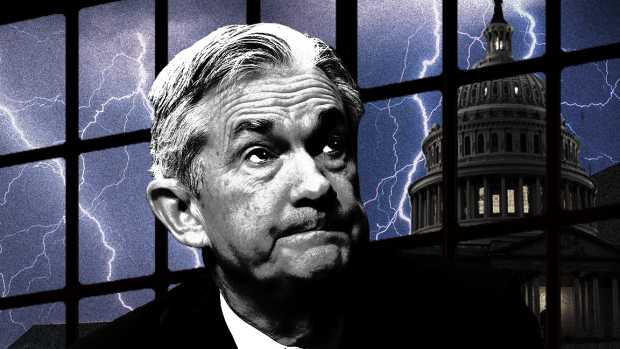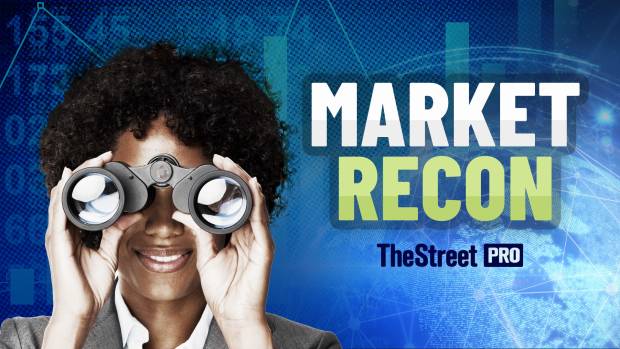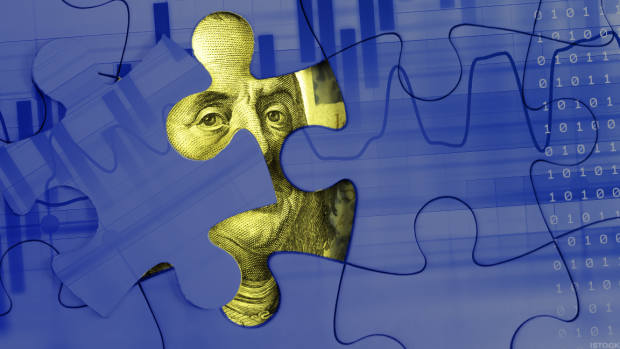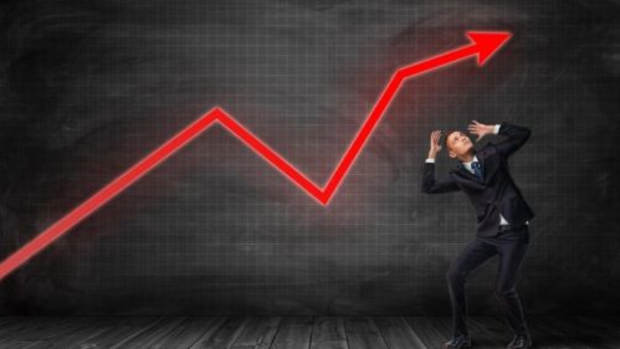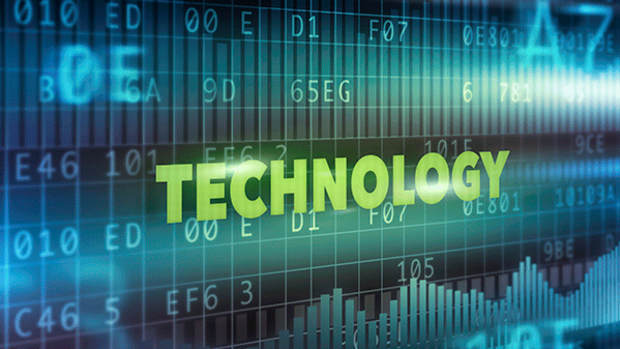History of PayPal: Timeline and Facts
With about 286 million active user accounts and 9.9 billion payments in 2018, PayPal (PYPL) is a genuine ecommerce giant with a bright future and loyal user base, which should expand as younger consumers embrace the digital-payment platform.
The company is highly profitable, earning more than $15 billion in revenue in 2018 and truly global in scope, with the platform using 100 currencies in more than 200 world markets.
Where has PayPal come from and where is it going as the second decade of the 2000's nears its close?
The conventional wisdom is that PayPal will keep right on growing and dominating the digital payment space, even as more competition rises up to grab a share on ecommerce payments - one of the most lucrative markets in an expanding consumer and business technology market.
The History of PayPal
The history of PayPal isn't a long one, but there are plenty of ebbs, flows and tipping points spread across the digital payment company's two decades-plus history.
In fact, PayPal wasn't even named PayPal when it was founded in 1998 by technology entrepreneurs Peter Thiel and Max Levchin. Instead, the company's initial name was Confinity, a company founded on the premise of low-cost, almost effortless digital payments for consumers and businesses.
The company, founded and currently headquartered in Mountain View, Cali., smartly targeted an underserved market as the internet tightened its grip on global consumers: Banking and payments.
The founders' idea was both simple and efficient - convince customers to share their emails, banking and credit card information in return for fast, low-cost payments. Small businesses, online merchants, and consumers quickly signed on, with the company handling more than $3 billion in payments from 10.2 million individual consumers and 2.6 million commercial customers within three years of opening its doors.
Within two years, the founders renamed their company PayPal, after a decision was made to focus only on payments made over the burgeoning internet. Thiel and Levchin adeptly leveraged an opening in the payments market, as nobody was really focusing on a digital payment platform between consumers and businesses, a gap the duo exploited brilliantly as PayPal took off at the start of the new century.
Why didn't anyone else notice that consumer and business payments on early retail sites like eBay (EBAY) were being paid by checks and money orders via the U.S. Postal Service, resulting in delays for products to be delivered and for checks to clear?
That answer is unclear, but the two PayPal founders certainly cracked the code and set up the company as the leading light for online payments for years to come.
A PayPal Timeline
PayPal's growth path rose in the company's early years, and soon it began racking up some impressive growth benchmarks along the way.
August 1998. Peter Thiel meets Max Levchin after Thiel gives a speech at Stanford University on global market opportunities. Later that year they come with the idea of digital wallets.
December 1998. PayPal is founded, although its original name is Confinity.
October 1999. A company engineer produces an email-based payment technology.
January 2000. PayPal's founders and managers notice that end users are out there on the Internet asking commercial partners and other buyers to sign up for PayPal, to foster quicker payments. Almost immediately, PayPal paves the way for eBay payments on the site, giving PayPal a significant user-base boost.
March, 2000. PayPal clears the 1 million customer mark.
June 2001. The founders ditch the Confinity name and officially change it to PayPal.
February 2002. PayPal (PYPL-Nasdaq) goes public with the issuance of new company stock. The IPO is a hit as PayPal stock rises by over 50% and closes its first day of trading at $20 per share.
October 2002. PayPal is sold to eBay for $1.5 billion, in a highly touted "marriage" between digital auction and online payment services.
February 2006. PayPal surpasses 100 million end-user accounts.
April 2006. PayPal rolls out is a new mobile payment platform, PayPal Mobile, allowing customers to pay via PayPal through their smartphone devices.
December 2008. PayPal hits 10 years of age and nears the 150 million user accounts user mark.
September 2013. PayPal acquires payments gateway company Braintree Systems, owner of Venmo, an online payment competitor, for $800 million.
Early 2014. Trouble brews as Wall Street provocateur Carl Icahn, a major PayPal shareholder, demands that the company part ways with eBay.
July 2014. Company shareholders would agree with Icahn, forcing a split between the two tech giants with the end result that PayPal was once again a single, publicly-traded company. The day PayPal's stock begins trading, the company's market value crests a whopping $49 billion, instantly creating an army of PayPal millionaires.
July 2015.Paypal agrees to buy Xoom, a digital money transfer firm for $890 million, which paves the way for the company to accelerate the handling of international payments.
January 2016. Venmo, now a PayPal subsidiary, surpasses $1 billion in payments processed for a single month - its highest level ever.
February 2017. PayPal launched its first peer-to-peer payment system, thus establishing a solid foothold in the emerging P2P marketplace.
What's happening with PayPal in 2019? Plenty, it turns out.
The company has begun edging into the lucrative but combustible cryptocurrencies market, focusing on the technology's underlying Blockchain platform and shy away from Bitcoin - for the time being.
Additionally, the company is branching out in India, an important global market, as it hired 1,200 new company technology specialists to focus on India for mobile and other merging payment technologies. It also launches a partnership with Facebook (FB) Marketplace, which company officials believe could surpass its financial numbers with long-time partner eBay.
Earlier in the year, PayPal also makes a big, $500 million investment in Uber (UBER) , hoping to crack the burgeoning rideshare market.
Controversies at PayPal
Like most big and emerging technology firms, PayPal has not gone without controversy during its two-decade rise to the top of the global payments market.
-- Hackers pounce. From the beginning of PayPal's existence, hackers and fraudsters have targeted the company - and its huge user base - for the theft of personal financial data. In addition, reported mobsters and organized crime groups began using PayPal as a way to launder ill-gotten cash through the PayPal pipeline.
PayPal wound up being targeted and fined heavily by federal and government regulators, with Louisiana opting to ban PayPal from doing business in the state for a short period of time, a move that has since been rescinded.
-- Data security comes with questions. At approximately the same time that government regulators were giving PayPal the once-over, the company was readying itself for its IPO.
PayPal was able to bypass any huge troubles on the money laundering and fraud investigation front, but it wasn't so fortunate with its own initial public offering. The company was slapped with a class-action lawsuit just after it went public, with plaintiffs charging the company with illegally restricting some consumers from the payment platform.
PayPal had a decent case, as it stated it was trying to limit the usage of fraudulent accounts used to steer money through its payment pipeline. The company ran tests on suspicious bank accounts, and if it determined there was too much risk on these accounts, it would basically pull the plug on them.
Unfortunately, some regular and perfectly innocent PayPal users saw their accounts frozen in the testing process, which helped trigger the lawsuit. The suit was amicably settled, with PayPal making good with plaintiffs who had financial problems resulting from the company's securities measures.
PayPal's Stock Price in 2019
Ultimately, PayPal has survived and thrived during its first two decades in existence, with its stock price standing at $108 in August, more than doubling its share price of $53 five years ago, and significantly higher than its price of $85 per share one year ago.
PYPL has a one-year target estimate of $127 per share, even as it missed consensus analyst revenue estimates, and as PayPal itself lowered its earnings guidance going forward, causing PayPal stock to slide by 12% in August trading.
Overall, investors and analysts view PayPal as a major player in the global digital payments sector and, despite intense competition from fintech players and major global banks fighting over the same customers, the company seems well-positioned for financial growth going forward, with a rising share price a seemingly foregone conclusion.
